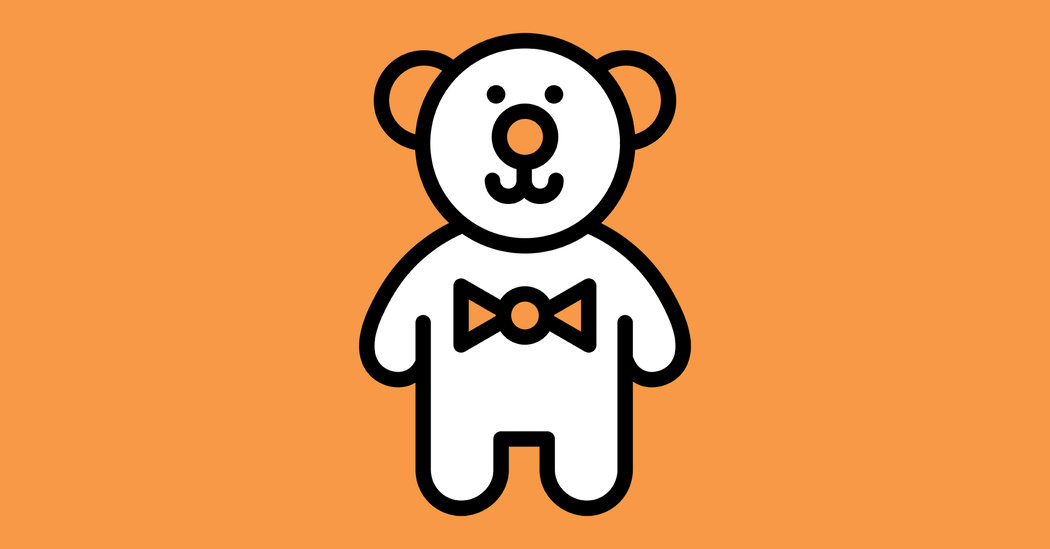Wearing bifocal contact lenses may slow the progression of nearsightedness in children, a new study in JAMA suggests.
Researchers randomly assigned 294 myopic children, average age 10, to one of three groups: the first wore high-power bifocal contact lenses, the second medium-power bifocal lenses and the third regular single-vision contacts.
The researchers gave them eye exams at the start of the study and again periodically over three years. Vision in those who wore the ordinary lenses deteriorated the most, and there was little difference between them and those who wore the medium power lenses. But compared with the others, those who wore the high-power bifocals could see the equivalent of two lines lower on the standard eye chart.
In myopia, the eyeball gradually grows longer, front to back, and this results in blurry vision at a distance. Children who wore the strong bifocals had the least lengthening of the eyeball, and those who wore the regular contacts had the most.
The lead author, Jeffrey J. Walline, associate dean for research at the Ohio State College of Optometry, said that the more nearsighted children are, the more likely they are to have sight-threatening complications in adulthood like glaucoma, detached retina and cataracts.
“Contacts have benefits for kids,” he said. “They like the way they look, they improve self-esteem, and they make it easier to participate in recreational activities. They also slow myopia progression. So why not use them?”
[ad_2]
Source link


